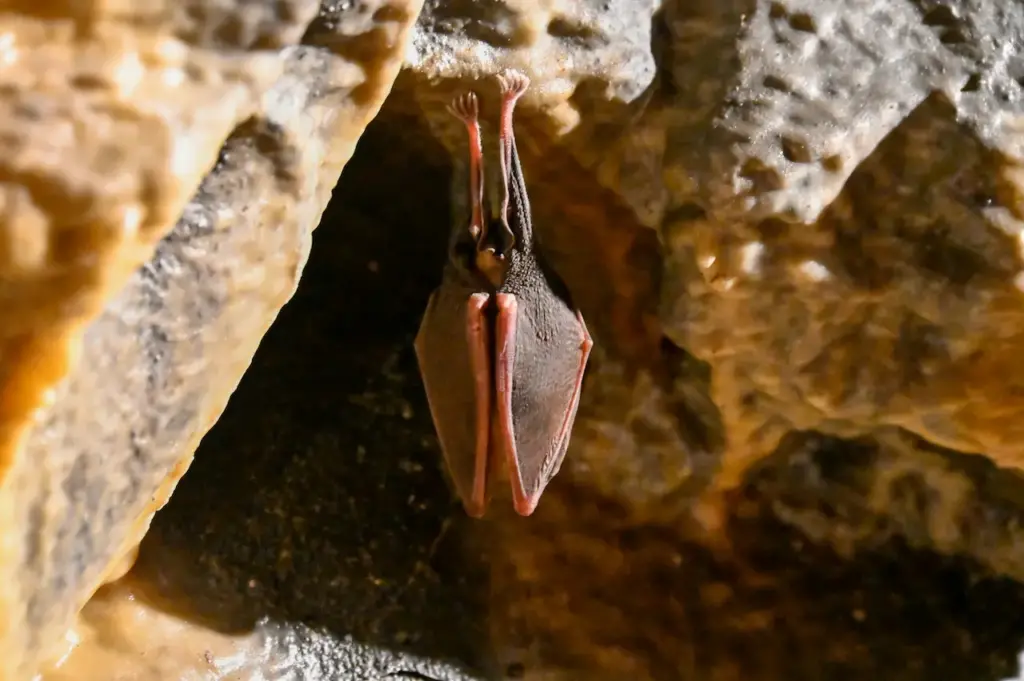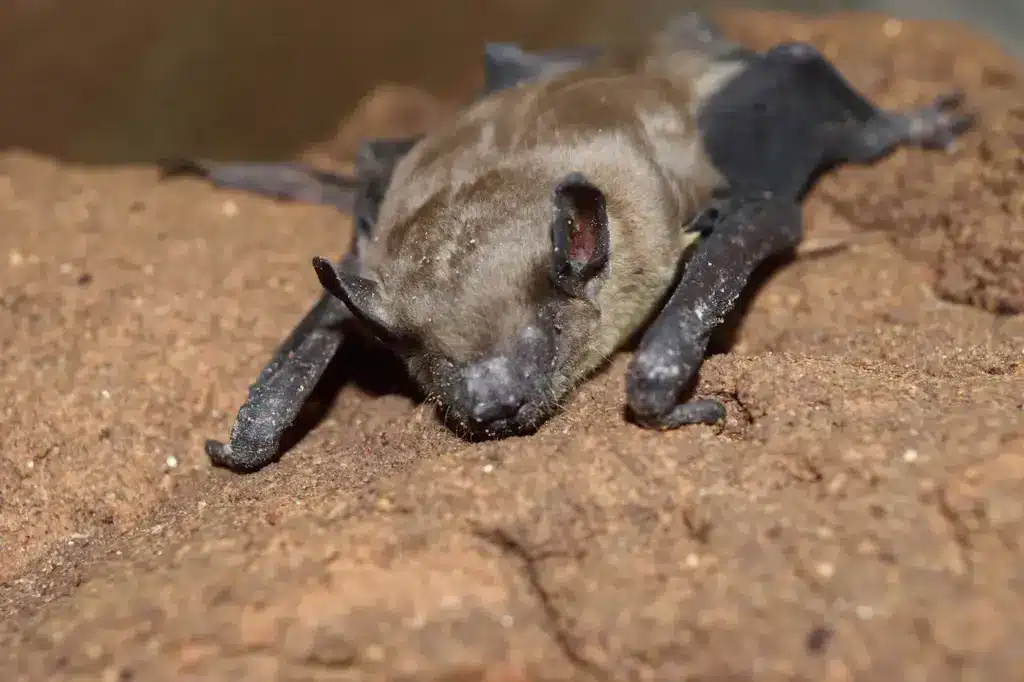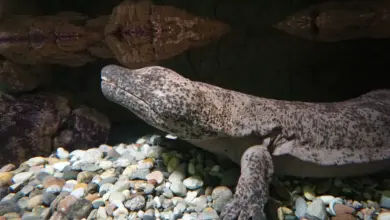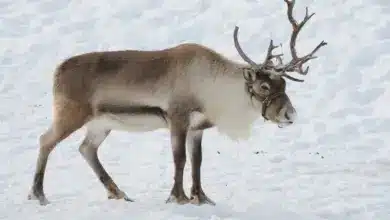The US Fish and Wildlife Service (USFWS) plans to take steps this winter to prevent the spread of white-nose disease, a fatal fungal illness that strikes bats in their hibernation caves in the eastern US. USFWS thinks people may be unwittingly spreading the illness.
[ez-toc]

Not To The Bat Cave
The US Fish & Wildlife Services thinks it’s best if people in the eastern US stay out of caves and mines where bats are hibernating this winter. A set of new rules proposed by the federal wildlife agency are not for the protection of people; they’re an attempt to keep thousands more bats from dying of a fast-spreading fatal disease.
A fungal illness called white-nose disease has killed hundreds of thousands of bats in the eastern US since it was first discovered in 2006. Bats that have succumbed to the disease include up to one-third of the Northeast’s population of Indiana bats, which are listed as a US endangered species. The white-nose disease is named for its most prominent symptom: A patch of white fungus that appears on the faces of hibernating bats that have been infected. Other symptoms include unusual behaviour among the bats, including flying during daylight hours, flying during the winter when they are usually hibernating and when there are no insects available, roosting in the coldest parts of a cave, and excessive grooming.

There is no cure for the disease, and wildlife biologists are seeking ways to prevent it from spreading. Although bats are thought to contract white-nose disease from other bats, scientists are also concerned that the fungus may hitch a ride on humans who travel from an infected bat roost to an uninfected one.
As a precaution, USFWS is proposing to ban human access to many infected bat lairs, and to reduce access to many others.
White-nose disease first appeared in the Northeast, where it has devastated bat populations. It is now affecting bat colonies from New York, Vermont and New Hampshire south to Virginia, and has been spreading further toward the Southeast and to the Midwest.



